
views
Srinagar: Protesters have a new name for the troops: Robots. In Kashmir, troops now dress in high-tech black riot gear, covered head to foot in plastic armor that can make them look decidedly inhuman.
They carry stun grenades, tear gas grenades and shotguns loaded with — they say — non-lethal pellets. They are the vanguard trying to fulfill Prime Minister Manmohan Singh's order last month to staunch the bloodshed in Kashmir by using non-lethal measures to control the violent demonstrations that have shaken the Himalayan region for the past three months
."We're now using a range of non-lethal weapons to control crowds," Shiv Murari Sahai, Kashmir's new police chief, said in Srinagar.
Outside his fortified office, a fleet of armored vehicles and two brand new vehicle-mounted water cannons were lined up, ready to be deployed. Despite the new orders, protesters were dieing with security forces using lethal force.
Four more were killed on Monday when security forces fired live ammunition into crowds of rock-throwing protesters in Palhalan, a village north of Srinagar, police said. The non-lethal weapons themselves have also proven lethal.
Resistance has shifted in recent years from terror attacks to street demonstrations. At least 69 people have been killed and hundreds wounded since a new round of demonstrations broke out in June.
Most of the killings occurred when troops fired directly into the demonstrations. After widespread criticism from security experts and human rights groups, the government changed its tactics.
But the bloodshed hasn't ended.
On August 19, the first day paramilitary soldiers used pellets on demonstrators, a 24-year-old man died in the town of Sopore after suffering multiple chest perforations.
A little over a week later, an 11-year-old boy died of similar injuries after soldiers fired pellets at stone throwers in town of Anantnag.
Dozens more people have been hospitalised with injuries from these weapons.
At least two boys are said to be critical. Doctors say the pellets inflict multiple wounds that can leave them struggling.
"We were treating a young boy for (pellet) splinters in his kidneys and at the same time he had a few more in his heart as well," said a doctor in a Srinagar hospital, who spoke on condition of anonymity.
The protesters can also be violent, with masses of angry demonstrators launching intense barrages of stones against security forces, sometimes surrounding armored vehicles.
Authorities say panicked troops sometimes use the non-lethal weapons improperly — causing serious injuries and even deaths.
"We're facing total defiance on the streets almost every day, and there is little time to use these weapons properly before we'll be lynched by the crowd," said Prabhakar Tripathi, a spokesman for the paramilitary forces.
Sahai, the police chief, acknowledged that more training was needed — and was being planned — for using the new generation of weapons.
But for now, officials say they are finding it difficult to find the time to pull soldiers from the streets for training.
The tactics have spread a new scare among the protesters that many fear as much as death.
"They're now wounding us so badly by these hunting guns that I'm scared to live the life of a disabled," said Wasim, who participated in recent protests and declined to give his full name.











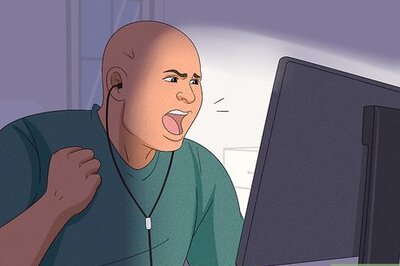
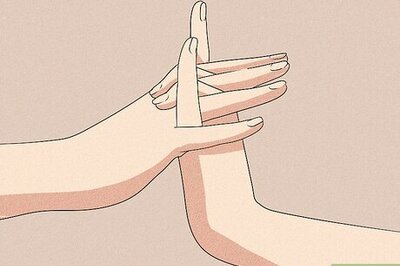
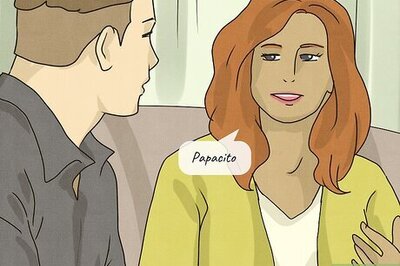
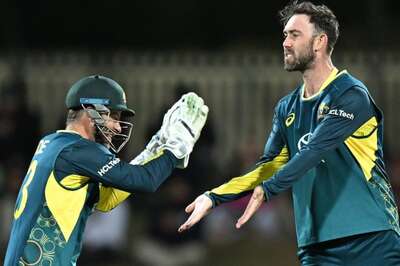
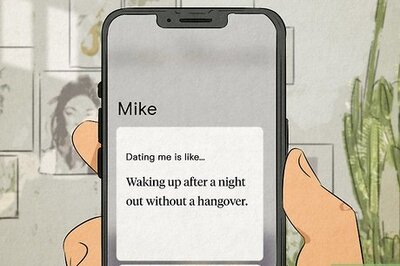



Comments
0 comment